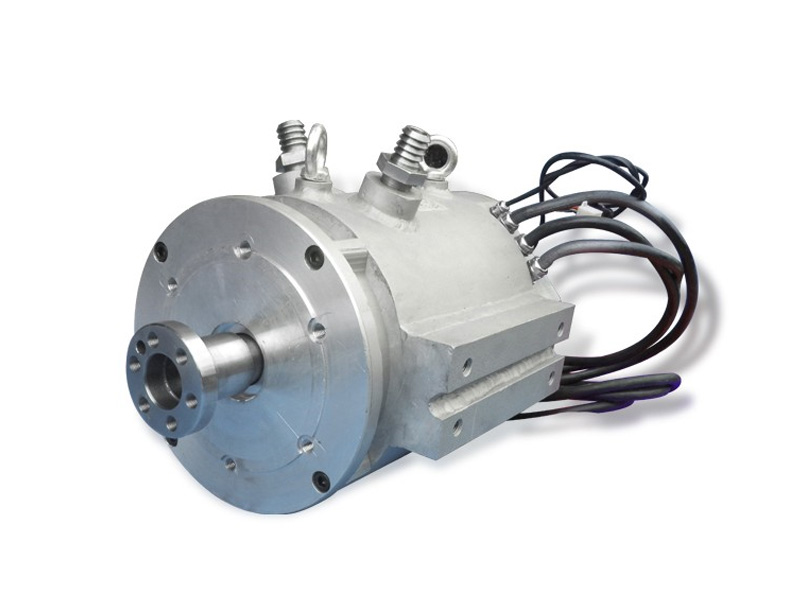【Summary】:
Switched reluctance motors have two basic characteristics: 1) Switching, switched reluctance motors need to work in continuous switching mode; 2) Switched reluctance motors are doubly salient variable reluctance motors. Its structural principle is that when the rotor rotates, the reluctance of the magnetic circuit should change as much as possible. In fact, the permanent magnet embedded in the rotor of the ordinary permanent magnet motor will also cause the change of the reluctance of the salient pole of the rotor, so the torque of the permanent magnet motor also includes the reluctance torque.
Switched reluctance motors have two basic characteristics: 1) Switching, switched reluctance motors need to work in continuous switching mode; 2) Switched reluctance motors are doubly salient variable reluctance motors. Its structural principle is that when the rotor rotates, the reluctance of the magnetic circuit should change as much as possible. In fact, the permanent magnet embedded in the rotor of the ordinary permanent magnet motor will also cause the change of the reluctance of the salient pole of the rotor, so the torque of the permanent magnet motor also includes the reluctance torque.
1. Ontology structure
The salient poles of the stator and rotor of the switched reluctance motor are made of ordinary silicon steel laminations. This machining process minimizes eddy current and hysteresis losses in the motor. There are neither windings nor permanent magnets on the rotor poles, nor commutators, slip rings, etc. The stator poles are wound with concentrated windings, and the two radially opposite windings are connected in series to form a phase, and the overall structure of the motor is simple.
Switched reluctance motors can be designed with different phases as required. According to the phase, it is divided into single-phase, two-phase, three-phase, four-phase and multi-phase reluctance motors. However, switched reluctance motors below three-phase generally do not have self-starting capability. The more phases the motor has, the smaller the step angle, which will help reduce torque ripple. However, the more the number of phases, the more switching devices are used, the more complex the structure, and the corresponding cost will increase. Three-phase and four-phase motors are commonly used today. The number of poles of the stator and rotor is also different. For example, the three-phase switched reluctance motor has a 6/4 structure and a 12/8 structure, and most of the four-phase switched reluctance motors have an 8/6 structure.
2. Working principle
A switched reluctance motor is a motor that uses the uneven reluctance of the rotor to generate torque, also known as a reactive synchronous motor. Its structure and working principle are very different from traditional AC motors and DC motors. It does not rely on the interaction of magnetic fields from stator and rotor winding currents to generate torque.
3. Characteristics of Switched Reluctance Motor
In the past 20 years, switched reluctance motors have been paid more and more attention by people. It is precisely because it has obvious characteristics that its advantages and disadvantages are equally prominent. Let’s talk about the advantages first.
1. The switched reluctance motor system has high efficiency and good energy saving effect: in a wide range of speed regulation and power, the switched reluctance motor is generally more efficient than the asynchronous motor variable frequency speed regulation system, and the efficiency can be higher than 10 at low speed or light load. %; Compared with systems such as gear motor deceleration, secondary pulley deceleration.
2. The motor can be started and stopped frequently, and the forward and reverse rotations are frequent: the four-quadrant operation control of the switched reluctance motor is flexible. When there is a braking unit and the braking power meets the requirements, the switching of start-stop and forward and reverse rotation can reach more than hundreds of times per hour .
3. The motor can still work in the case of phase loss or overload: When the power supply is out of phase or any phase of the motor or controller fails, the output power of the switched reluctance motor can be reduced, but it can still run. When the system exceeds the rated load by more than 120%, the speed will only drop, and the motor and controller will not be burned out.
Post time: May-05-2022
